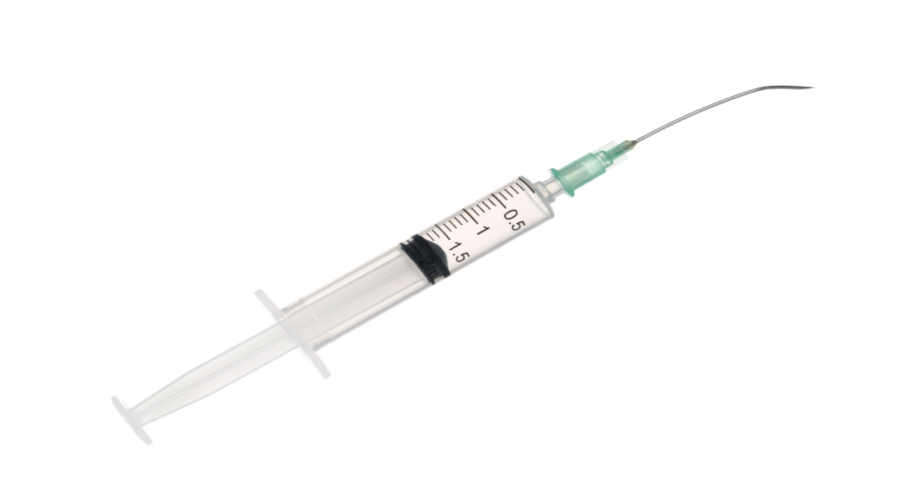Big changes in consumer spending habits over the last two years have put considerable strain on the global supply chain.
These worldwide trends could mean that your independent pharmacy will face empty shelves and difficulty securing in-demand products.
Learn why the supply chain is so fragile — and what your pharmacy can do to avoid the impacts of shortages.
What’s causing supply chain issues?
The coronavirus pandemic prompted initial issues in the supply chain, but as the world has gotten vaccinated and returned to pre-pandemic routines, supply chain problems persist.
These are the main factors.
Low supply
At the beginning of the pandemic, many of the world’s biggest manufacturing powers had to shut down factories because of lockdowns and illness.
Even though most factories have started producing again, they are still working to catch up.
These international shutdowns had a particularly negative effect on pharmaceuticals, as about 80 percent of active pharmaceutical ingredients are produced overseas. The White House reports there are currently over 100 drugs that are currently in shortage.
READ NEXT: How to Protect Patients and Profits During Drug Shortages
High demand
While factories were producing less, Americans were buying more. Last year, people stopped spending money on things like restaurant meals and live events and started spending money on things to make themselves more comfortable while they stayed at home.
As demand soared, manufacturers reopened and tried to keep up, but since individual materials often come from different parts of the world, ramping up production required a high level of coordination that most manufacturers weren’t prepared for.
Worker shortage
Even in cases where there is enough merchandise being produced, labor shortages mean that getting products to consumers isn’t a guarantee.
Many people in industries like trucking and warehousing quit their job during the pandemic. Some of them went to different industries with better pay and working conditions while others decided to leave the workforce by retiring.
Manufacturers are also having trouble finding people to staff their factories, further exacerbating the supply problem.
Overall, the labor shortage means a reduced capacity to make goods and fewer people to help get existing goods onto store shelves.
Space shortage
The labor shortage gums up the works in the supply chain by creating another shortage: space.
Because there are fewer crews to move merchandise to where it needs to go, warehouses and ports are full to the brim with cargo waiting to be unloaded.
In major ports on the West Coast, cargo containers are waiting for weeks to dock, and when they finally get to shore, there’s a shortage of the chassis that transport individual shipping containers from the water to the road.
Warning: Supply chain issues are expected to continue
With so many bottlenecks, it’s hard to say when the kinks in the supply chain will sort themselves out. The New York Times predicts that supply chain problems could last well into 2022. Pharmacy owners should be prepared to deal with supply chain issues for the long haul.
What can pharmacies do?
You can’t move ships out of ports or fix the global labor shortage, but there are a few steps you can take to lessen the effects of the supply chain crisis at your pharmacy.
Here are a few ideas.
Purchase from multiple suppliers
If you get all of your front-end merchandise from one main supplier — and then that supplier runs into a shortage or transportation issue — you will end up with empty pharmacy shelves.
Instead, foster relationships with multiple suppliers so that if one is experiencing difficulties, you may be able to make up for some of the lost merchandise by working with the others.
Behind the pharmacy counter, ensure you have a reliable secondary supplier. If your primary wholesaler doesn’t have the drugs you need in stock, your secondary supplier can help you in a pinch.
Build relationships with suppliers
Open up communication with suppliers to get a better idea of what to expect. Find out about their typical timelines and learn how they’ve changed their processes in response to supply chain struggles.
Ask suppliers if there is anything that you can do on your end to make your ordering more efficient.
When you establish a relationship with your suppliers, it may be easier to get answers when the supply chain goes sideways.
Get serious about inventory management
Now is the time to get up close and personal with your inventory management system. Be ultra-familiar with what you have in the store so you don’t wait too long to order and end up with empty shelves.
If you have products on automatic ordering, consider recalibrating your re-ordering threshold to re-order earlier than you normally would because products will probably take longer than usual to get to you.
Learn what your top sellers are and prioritize getting them on shelves over less popular items. It may take time to find the items you need, so focus on getting common OTC items on the shelves over other niche products.
Ask patients to be flexible
Even as you do everything you can to manage your inventory and keep in-demand products on shelves, there will be times empty shelves are inevitable.
When you’re experiencing a shortage, be transparent about it with your patients. Post on your social media if you don’t have high-demand products in stock so patients won’t show up to the pharmacy and be disappointed.
Ask your regulars for their patience and give them an estimated date for when you’ll be able to restock. Be ready to suggest alternative products that could bridge the gap until a restock. Shortages are frustrating for everyone, but if you communicate well, you won’t lose patients for good.
If you’re out of prescribed drugs, do what you can to find patients what they need at other local pharmacies. It will probably be painful to point them to your competitors, but hopefully, they will appreciate the lengths you’ve gone through to help them and keep coming back once the supply issues have been resolved.
A Member-Owned Company Serving Independent Pharmacies
PBA Health is dedicated to helping independent pharmacies reach their full potential on the buy-side of their business. Founded and owned by pharmacists, PBA Health serves independent pharmacies with group purchasing services, wholesaler contract negotiations, proprietary purchasing tools, and more.
An HDA member, PBA Health operates its own NABP-accredited secondary wholesaler with more than 6,000 SKUs, including brands, generics, narcotics CII-CV, cold-storage products, and over-the-counter (OTC) products — offering the lowest prices in the secondary market.












